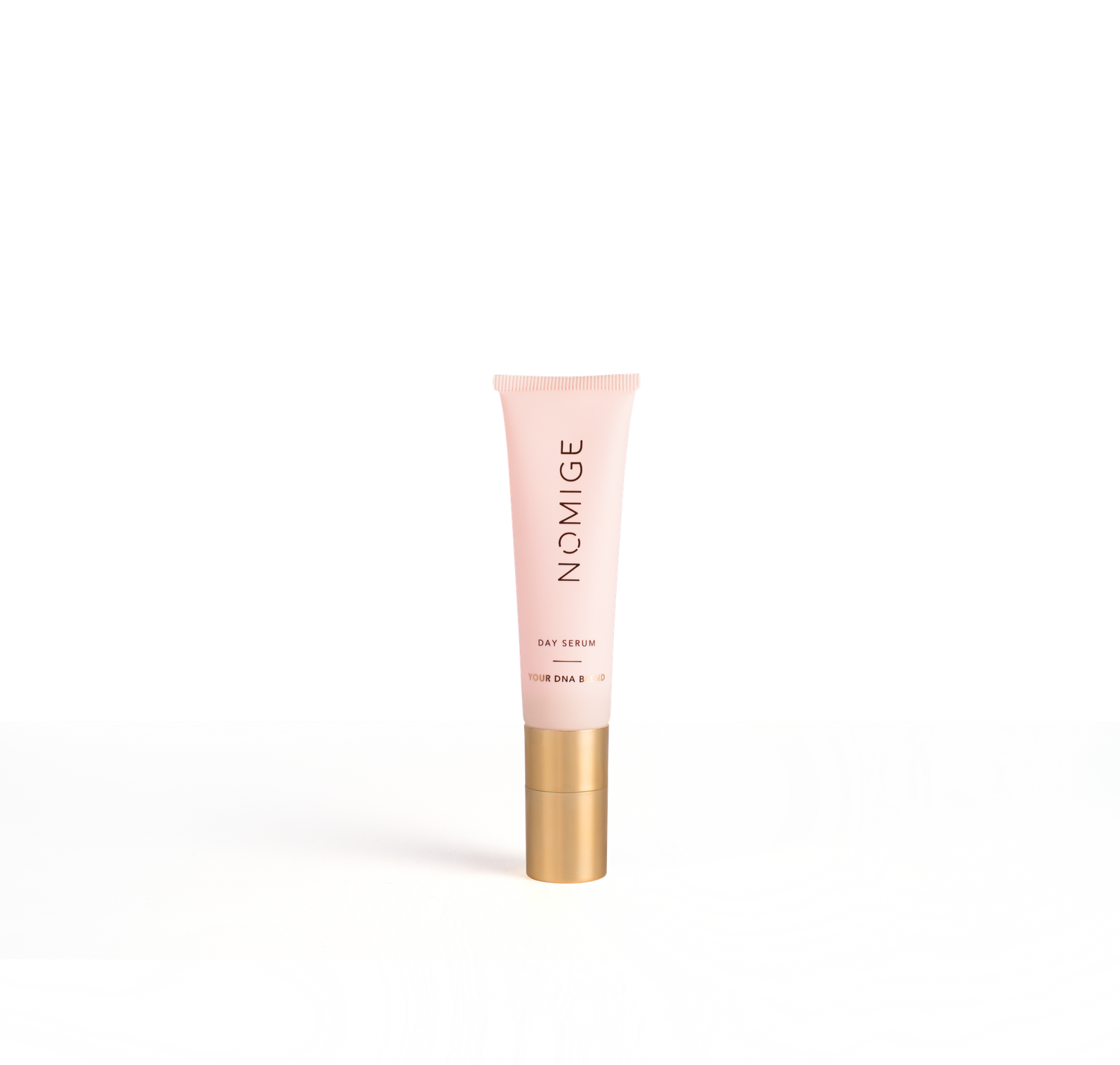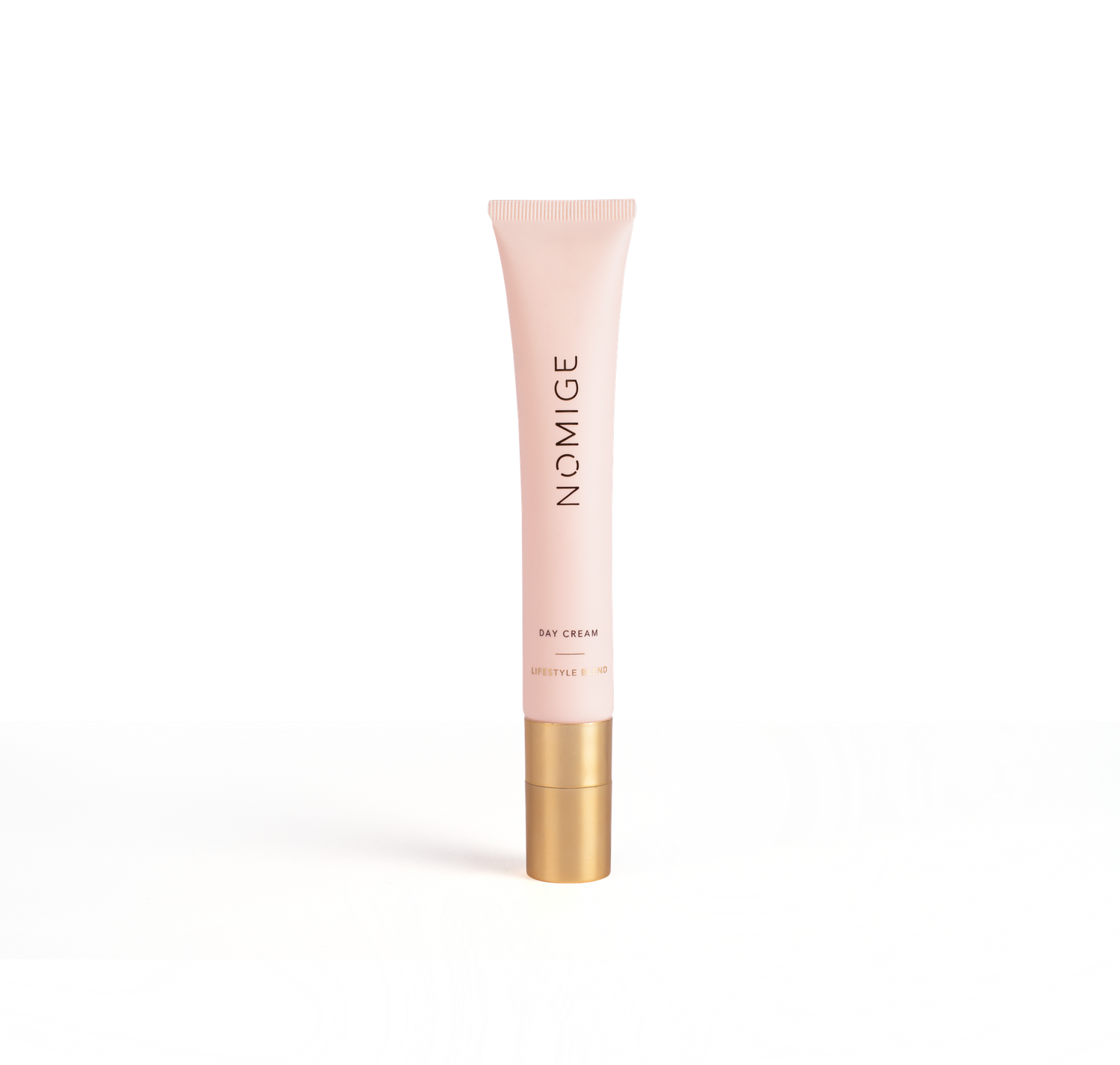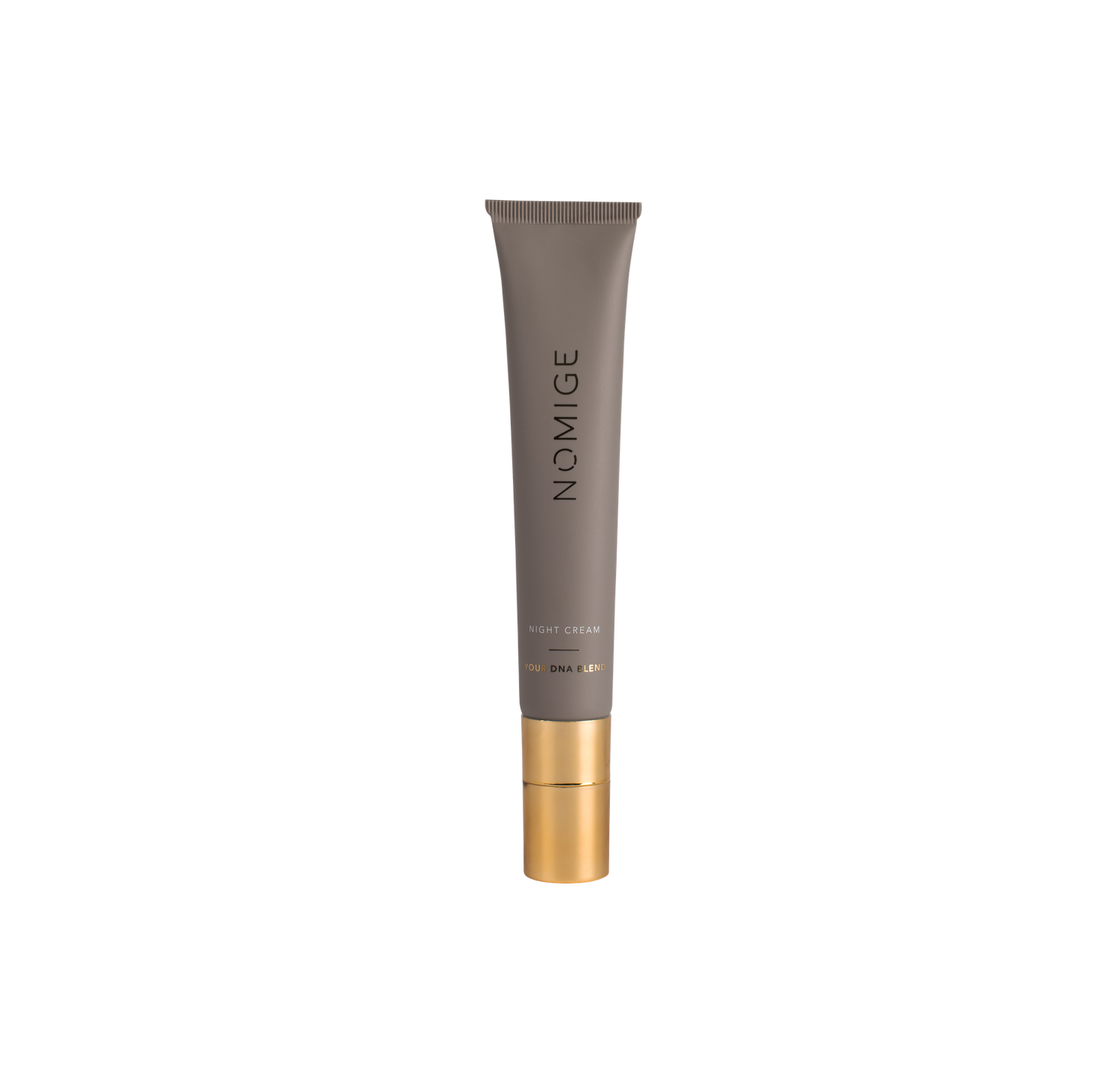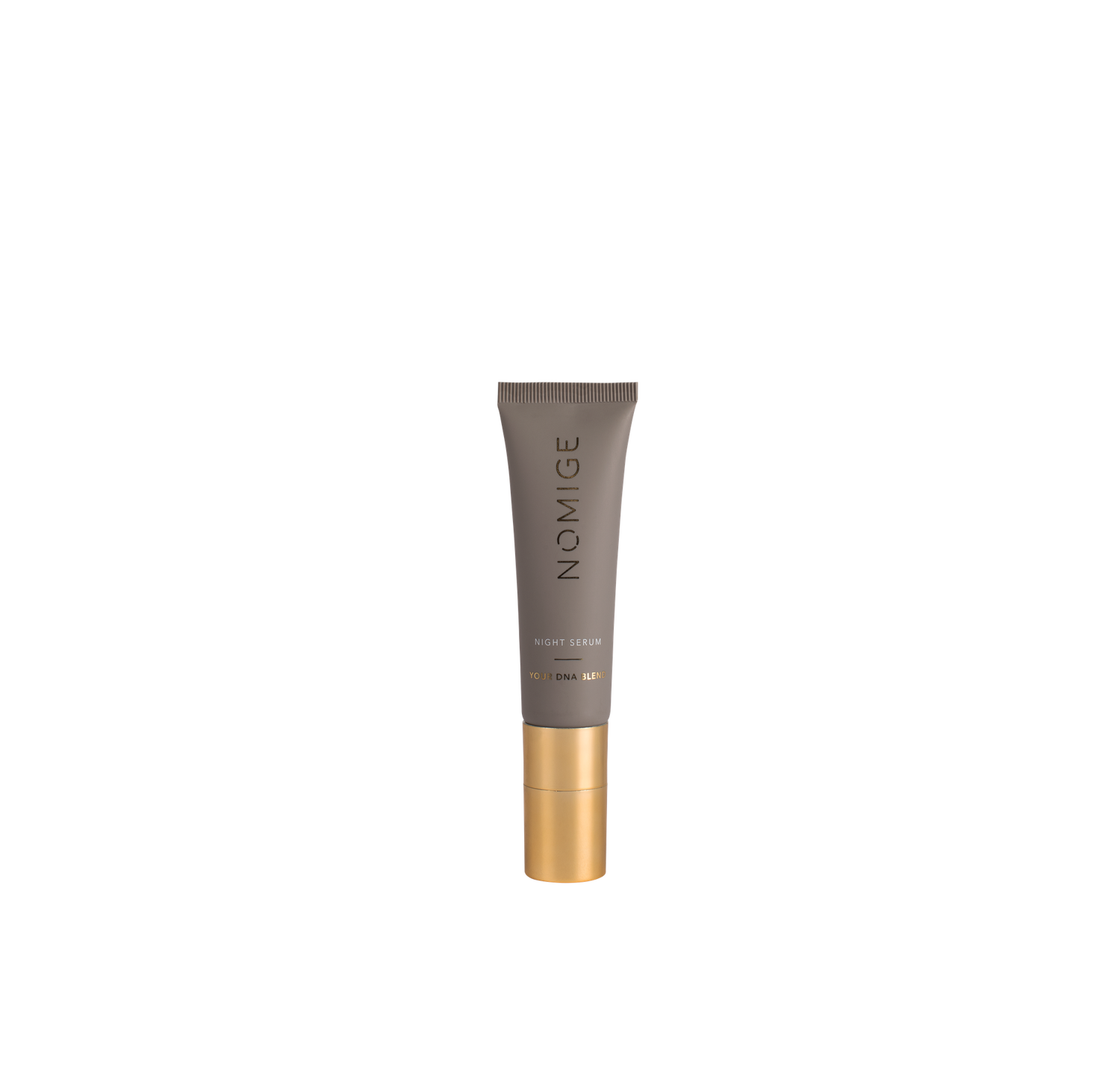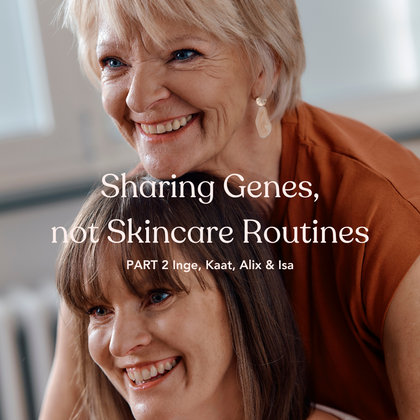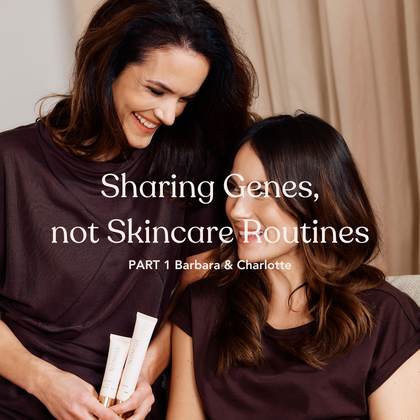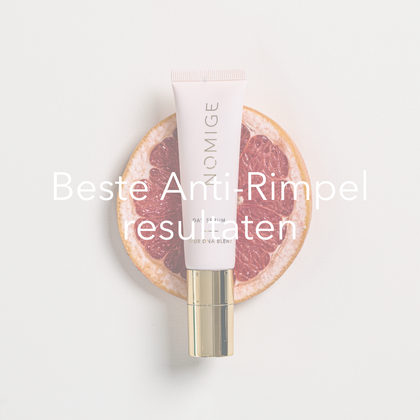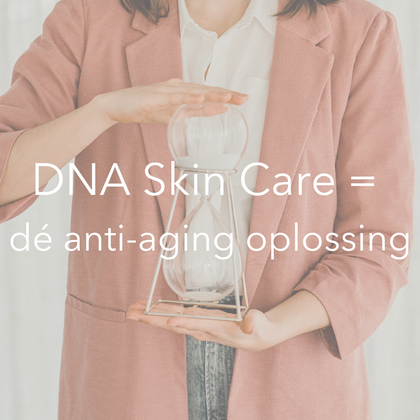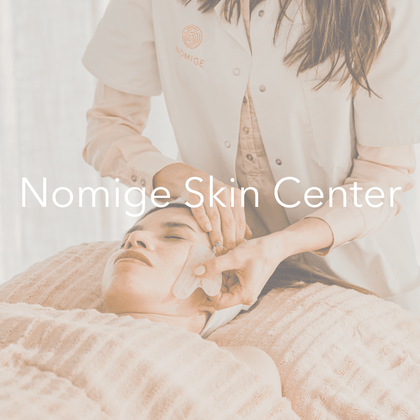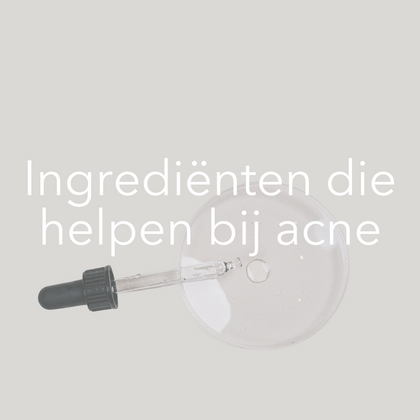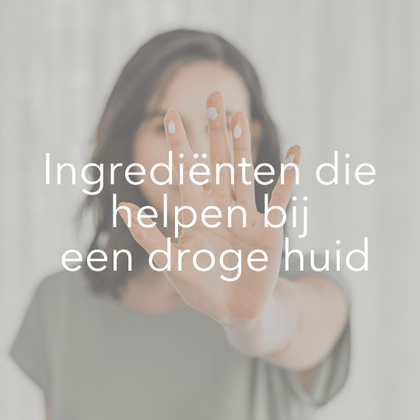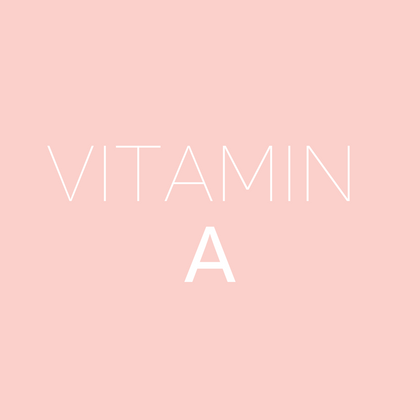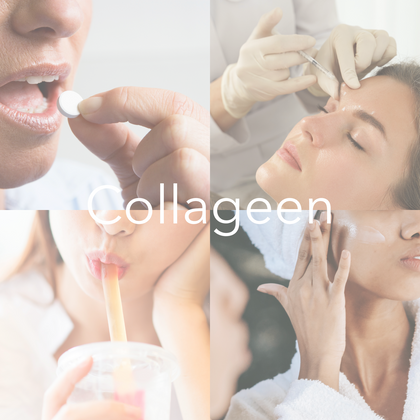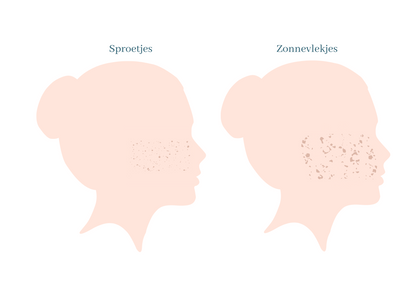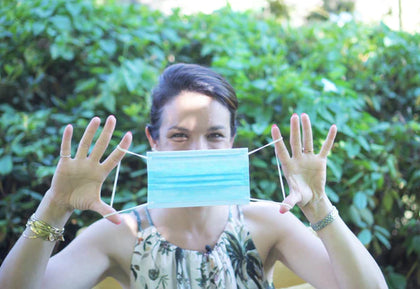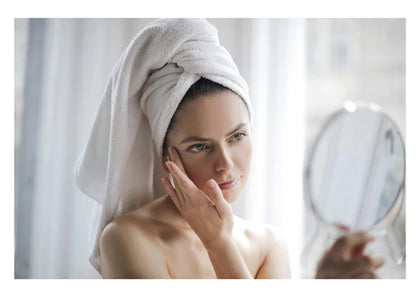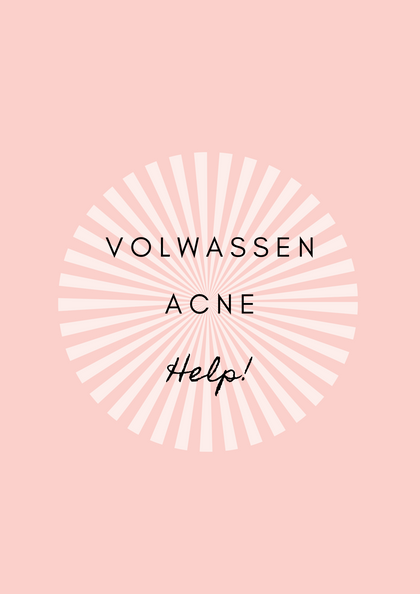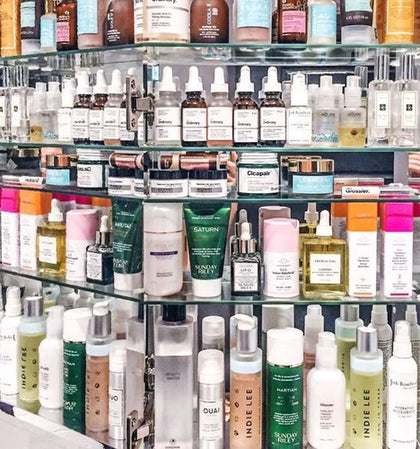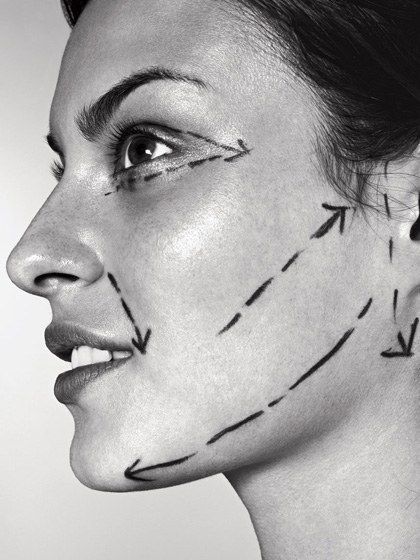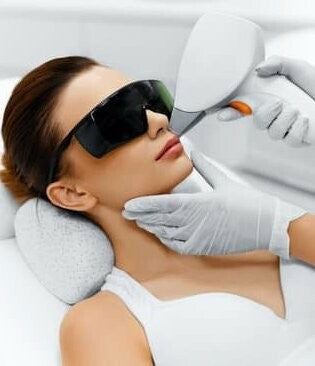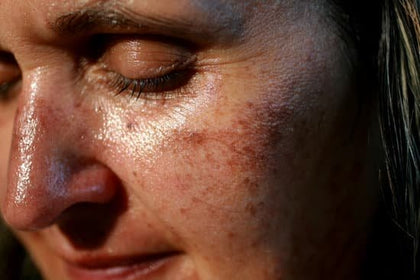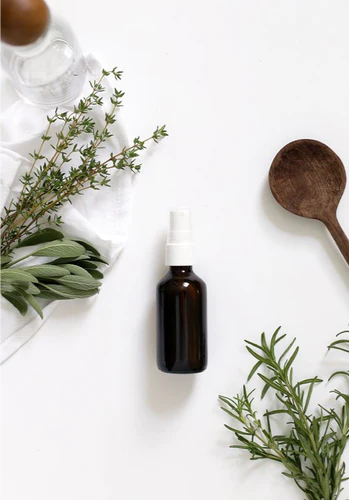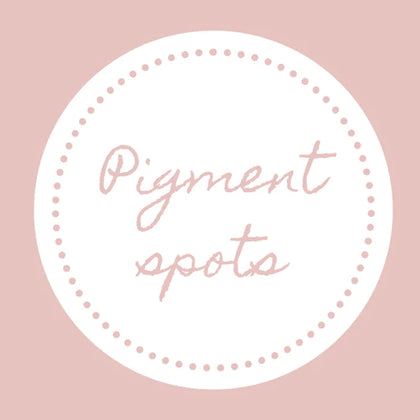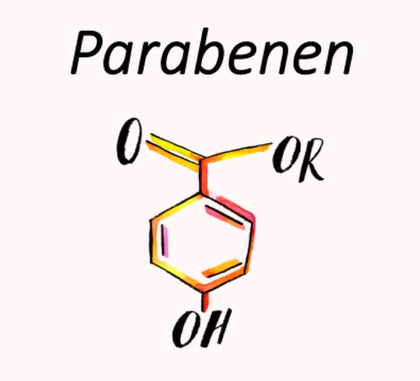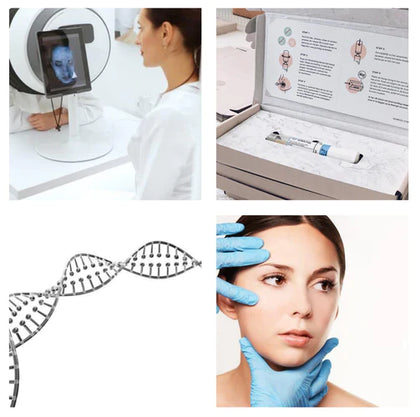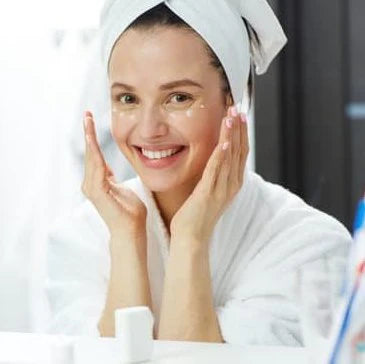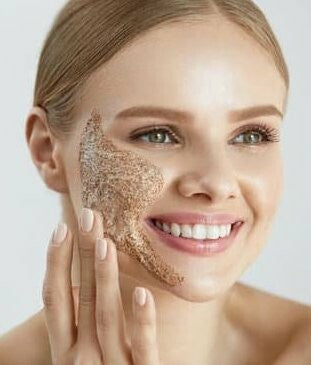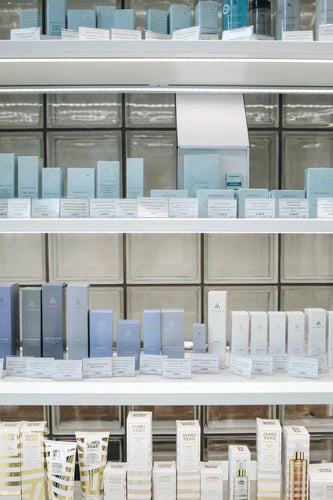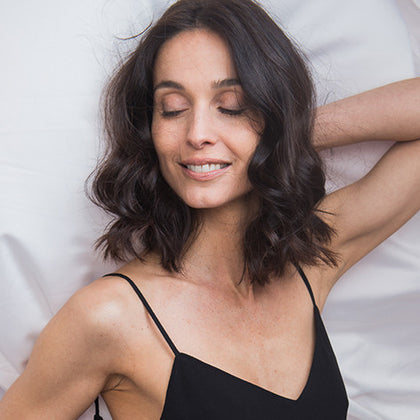How to treat acne
In the previous blog we already explained the four primary factors and lifestyle factors that can influence (the severity of) your acne. This blog takes a closer look at the treatments for acne.
For professional advice on this subject, we consulted dermatologist Dr. Maselis.
COMMON CAUSES OF ACNE
Dr. Maselis , a renowned dermatologist from Belgium, explained to us the most common causes of acne in his medical practice:
1) Hormonal disorder
This can be the result of contraceptives such as the 'pill' or the coil. On the other hand, some people may suffer from a hormonal disorder and are therefore more prone to acne breakouts.
2) Cosmetics
As we explained in the previous 'lifestyle factors that influence acne ' blog, some types of makeup or skin care are oil based or occlusive and can lead to clogging of the skin pores. That's why it's important to use cosmetics that are 'non-comedogenic'. Try to wear as little makeup as possible so that your skin can breathe.
3) Sun exposure
Under the influence of the sun, the epidermis (upper layer of skin) thickens, it can reach up to 6 times its original thickness. This also means that the secretion of sebum by the sebaceous gland becomes much longer. It is more difficult for the sebum to migrate to the skin's surface and there is a higher risk of pore blockage, resulting in pimples. In the summer, the sun is going to prevent an outbreak of acne. The outbreak usually occurs later, in the fall.
4) Pushing pimples and squeezing the skin
Many people try to squeeze or push the pimples. As a result, the sebaceous gland becomes damaged and infected, leading to an increased risk of pimples. In addition, there is a chance that it will burst inside, causing subcutaneous inflammation. As a result, inflammation and scarring will occur on the skin. Don't touch is the message!
TREATMENTS FOR ACNE
There are 4 primary factors that play a role in the development of acne on your skin. Most treatments work with one or more of these primary factors:
1. HYPERKERATINISATION
The first and most important way to treat acne is to remove the plug of keratin that blocks the skin pores. Important here is the time between the formation of a plug and the appearance of a pimple, this process takes about 3 months. These products therefore only have an effect on your skin after 3 months. Examples of treatments that actively act on this factor are:
Salicylic acid
You may recognize this molecule from previous blogs. Salicylic acid can not only be used as an exfoliant, it is also useful in acne treatments due to its keratolytic effects (= removal of dead skin cells). Salicylic acid breaks the bond between the dead skin cells in the outer layer of the skin. This 'keratolytic' action stimulates the exfoliation of the skin , thus helping to prevent pore clogging .
Salicylic acid is available in different products and concentrations. It exists in "rinse-off" and "leave-on" products with a concentration ranging from 0.5% to 2%. It is also available in pharmaceuticals, in a concentration of 0.5-5%.
Benzoyl peroxide
Benzoyl peroxide is a prescription drug, also known simply as "BPO." Benzoyl peroxide not only removes the keratin plug on the skin, but is also bactericidal . The product will kill the bacteria involved in the development of acne. The concentration of BPO in OTC medicines ranges from 2.5% to 10%. Some acne medications contain BPO in combination with other ingredients. These products are available by prescription only.
Vitamin A derivatives
Vitamin A stimulates the differentiation and renewal of the skin. Drugs containing vitamin A derivatives are commonly referred to as 'retinoid drugs' . There are several generations of retinoids on the market, some well-known examples are: Isotretinoin (Roaccutane) and Adapalene. Multiple subtypes of vitamin A are used not only in drugs, but also in skin care . The most famous example is 'Retinol' .
2. INCREASED SEBUM PRODUCTION
The increased sebum production is in most cases related to the hormone levels. During puberty, there is a change in hormone levels, which can influence the onset of acne. Contraceptives are therefore sometimes prescribed to female patients/teenagers suffering from acne.
3. PROPIONIBACTERIUM ACNES
The third important point is tackling the bacteria. There are both oral and topical antibacterial agents to treat acne. In the past, this was the main strategy to treat acne, but due to resistance, it is no longer the first step in acne treatment.
In addition, there are also products on the market that have the opposite effect. Yun has developed probiotics that add good bacteria to the skin that fight the acne-causing bacteria. A product like Yun delivers a large dose/mass of good bacteria in such a way that it gains the upper hand. Does it work spectacularly? No, with really acne-prone skin, antibiotics will work much faster because they will actually kill the bacteria. But it's a good idea!
In addition to antibiotics and probiotics, there is also 'benzoyl peroxide' that kills the bacteria on the skin, as explained above.
4. INFLAMMATION
Some drugs act on the inflammatory process involved in the pathology of acne.
Some examples of drugs that act on this factor are:
- Retinoids
-
Antibiotics
Some antibiotics have both anti-microbial and anti-inflammatory properties. -
Zinc
There are two ways zinc can potentially treat acne: orally through a supplement or topically in a cream or serum. Zinc products were commonly used in the past, but are no longer considered a first-line treatment, and generally do not work as well as current acne treatments.
Thank you!
We want Dr. Maselis for his professional advice and information on this interesting subject.
Do you suffer from acne and need professional advice on how to treat your acne?
Please feel free to contact Dr. Maselis via the website .
Questions about acne?
Discover dr. Barbara Geusens' tips on acne. Don't hesitate to contact us if you have any questions.
Questions about acne?
Discover dr. Barbara Geusens' tips on acne. Don't hesitate to contact us if you have any questions.
Follow our story
Connect with us and follow the hashtag #MyNomige to keep up with the latest skin tips and news.
Follow our story
Connect with us and follow the hashtag #MyNomige to keep up with the latest skin tips and news.
